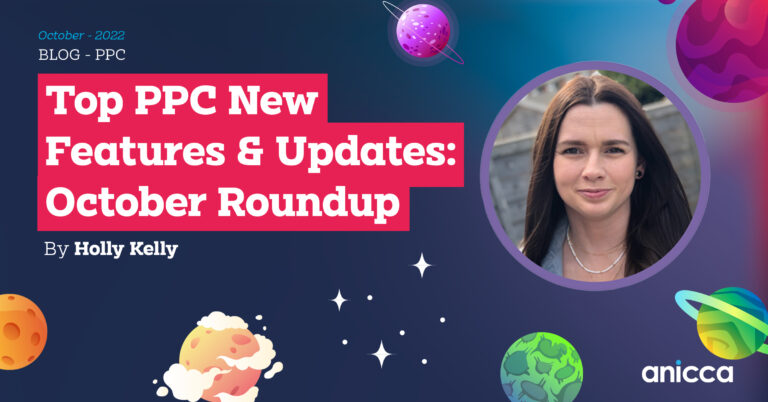Google Updates AdWords Location Targeting Tool
Earlier today Google announced the details of an interface update to the location targeting tools offered as part of their Adwords service. In a bid to improve the effectiveness and precision of geographical targeting in Adwords campaigns, the service has been connected with Google Maps and a number of other improvements have been implemented, with more set to come in the future. These changes will allow the service “to provide more information about locations, make relevant location suggestions, and improve the level of accuracy of location targeting”. Google believes this will help improve geo-targeted campaign results, citing lower cost-per-click and higher quality traffic as benefits of more specific location targeting.
In the “Campaign Settings” tab, now when an advertiser wishes to target a campaign to a particular area, related locations will be suggested along with estimated reach numbers which predict the audience within a selected geographical region. In areas where an estimated audience cannot be calculated , a “limited reach” label will be applied denoting the use of user intent data as opposed to locations ascertained from IP addresses. Although reach numbers are for general guidance, they will help users determine and compare approximate audience numbers in various locations.

Related locations suggestions will “include (1) matches like the city of New York, (2) locations that enclose New York (such as the state of New York), and (3) related locations that may be near the location that you’ve entered, have a similar name, or enclose a location that has a similar name.”

Locations can also be viewed via map and advertisers will be able to see the boundaries of multiple selected regions. For example, “you can see how much area the city of New York (smaller area shaded in blue) covers in relation to the entire New York metro area (larger area shaded in gray).”

In addition to the interface changes, location target limits have been increased from 300 to 1000 per campaign and the migration of the polygon targeting tool, which will only be supported until the end of the year, was also announced. Google recommends advertisers use the “Target a Radius” as an alternative.

Posted by David Gerrard




